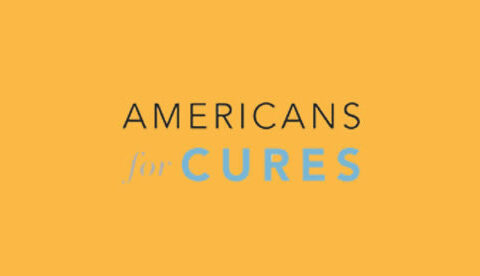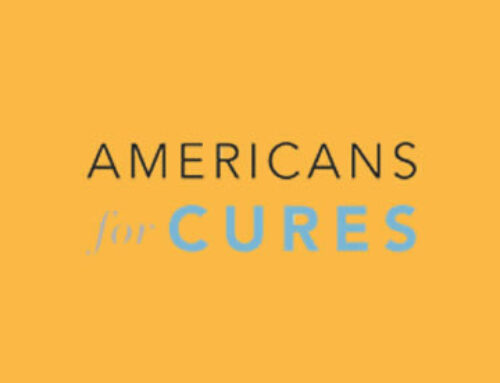Backers of a potential $5.5 billion funding plan for California’s stem cell research agency are going electronic to collect the final signatures on petitions to place the measure on the November ballot.
Californians for Stem Cell Research, Treatments & Cures launched the drive last week after the state’s shelter-in-place order two weeks ago suspended traditional door-to-door and sidewalk signature-gathering efforts. The group has collected 915,000 signatures before in-person efforts stopped, but they are seeking 35,000 more by urging allies to download the full petition and collect signatures from voters in the household as well as friends “while maintaining social distancing.”
“What’s happening right now across the world is unprecedented, which means the changes we’re making to gather the final signatures we need through a mail-in option are unprecedented as well,” said Sarah Melbostad, a spokesperson for the group.
What hasn’t changed is the state’s requirement that only “wet” signatures are accepted, and the petition drive must have 623,212 valid signatures by June 15.
The electronic effort to ink more petition signatures is focused on more than 50 patient advocacy organizations, including the Michael J. Fox Foundation for Parkinson’s Research, the Juvenile Diabetes Research Foundation, UsAgainstAlzheimer’s, the Christopher & Dana Reeve Foundation, the ALS Association and the OneMind Institute.
The $5.5 billion in general obligation bonds, sold by the state, would fund stem cell and other medical research, therapy development and therapy delivery as well as medical training and construction of research facilities. The measure would dedicate $1.5 billion for research and therapy for Alzheimer’s, Parkinson’s, stroke, epilepsy and other brain and central nervous system diseases.
Bond issuances would be limited to $540 million a year.
The state would spend $7.8 million to pay off the bonds with interest, with average annual debt payments of $310 million over 25 years, according to the state’s legislative analyst and director of finance.
As a state agency, CIRM, led by President and CEO Maria Millan, can’t take a position on the bond measure.
Californians for Stem Cell Research, Treatments & Cures, however, has close ties to CIRM. The latest measure is the brainchild of Robert Klein, the father of the $3 billion Proposition 71, which California voters approved in 2004 to seed the California Institute for Regenerative Medicine, or CIRM. Klein also was chairman CIRM’s oversight board.
CIRM, based in Oakland, is responsible for doling out cash from the state bonds for stem cell research in California, focusing initially on embryonic stem cell research that had been restricted by President George W. Bush.
CIRM has helped to fund more than 80 human clinical trials, research buildings and educational efforts in the Bay Area at the University of California, San Francisco, UC Berkeley, Stanford University, San Francisco State University and the Buck Institute for Research on Aging as well as loans to for-profit companies.
If stem cell-based therapies, devices or diagnostics funded by CIRM are commercialized, the agency receives royalties.
The last grants from CIRM are expected to be disbursed this year, when the state bond funding runs out, and Klein and others have pushed for the new ballot measure that would allow CIRM to continue.





